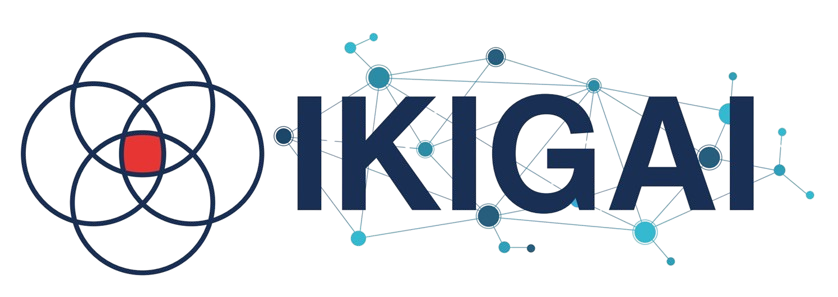PI Norm
Physical Internet Norm
Defining common standards for connected, sustainable logistics
The Physical Internet Norm (PI Norm) is a set of shared, industry recognized and embraced procedures, technical specifications, and operational guidelines designed to make logistics operations compatible and interoperable i.e. compliant with the Physical Internet vision. It provides common and shared language and framework that enables companies, technology systems and infrastructure to work together seamlessly, regardless of their location, sector or service provider.
By promoting interoperability among various stakeholders and modes of transport, the PI Norm helps achieve the dual objectives of minimising environmental impact and enhancing the efficiency of freight transport.
What does the PI Norm do?
At its core, the PI Norm establishes industry recognized standards, procedures and protocols building a compatibility baseline. This means that any logistics operation that follows the PI Norm can integrate with others without the need for customised solutions or time-consuming adjustments. The Norm covers three main areas:
-
- Operational procedures: guidelines for handling, routing and exchanging goods between operators to ensure smooth transfers between modes of transport such as road, rail, waterways and maritime.
- Technical specifications: standardised requirements for packaging, labelling, digital identifiers, and load units to enable the automated and accurate processing of goods.
- Digital protocols: the formats and interfaces that enable systems to securely exchange and share information in real time.
Foundation for Physical Internet
By embedding these principles in a common standard, the PI Norm ensures that green and digital measures work together, enabling measurable progress towards net-zero freight transport. The PI Norm is therefore essential for realising the Physical Internet, the baseline concept for achieving a successful and competitive twin transition. While the Norm does not directly implement the twin transition, it creates the Physical Internet environment in which digitalisation and decarbonisation can advance coherently and at scale.
Evolving standard
The PI Norm is not static. As technologies, regulations, and market demands change, the PI Norm will grow organically increasing the number of shared an industry recognized standards and procedures and will be continually refined through collaboration between industry, policymakers, and research organisations.
Its long-term value lies in creating a universal shared foundation for logistics processes standardization that enhances operational performance, reduces environmental impact and strengthens the resilience and competitiveness of supply chains in an interconnected world.

